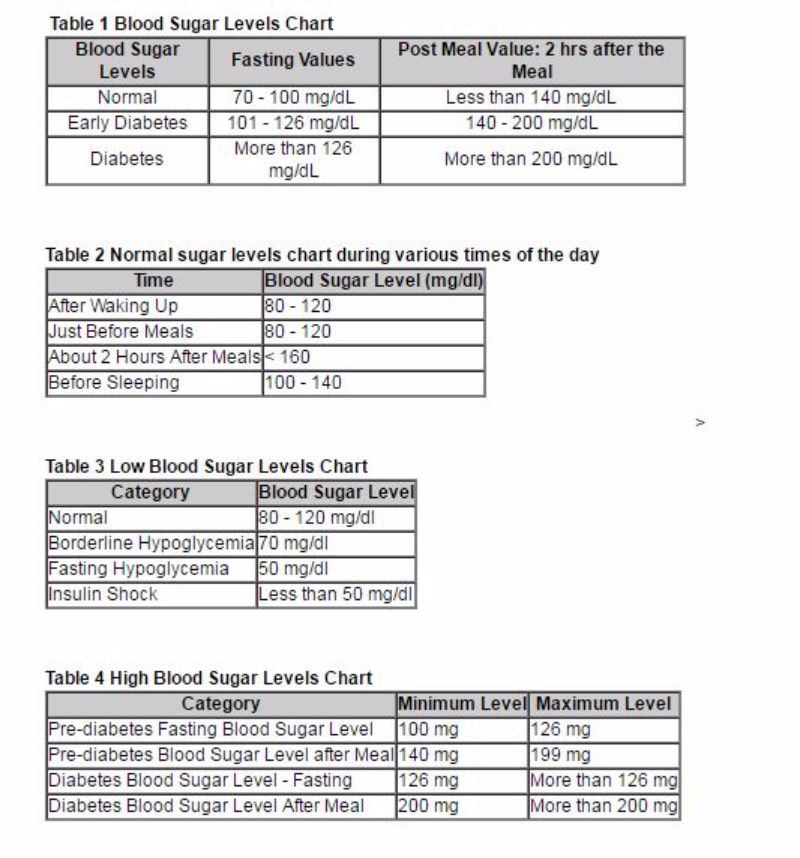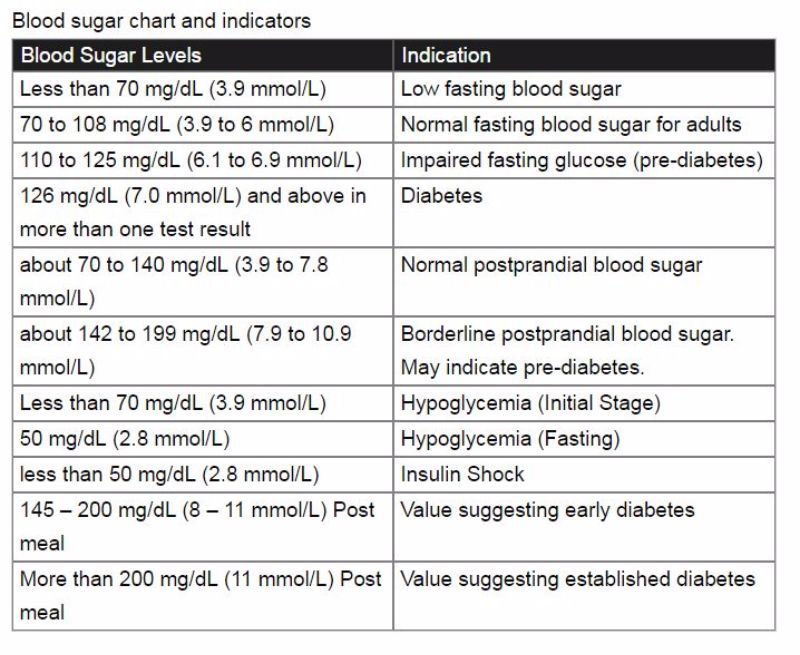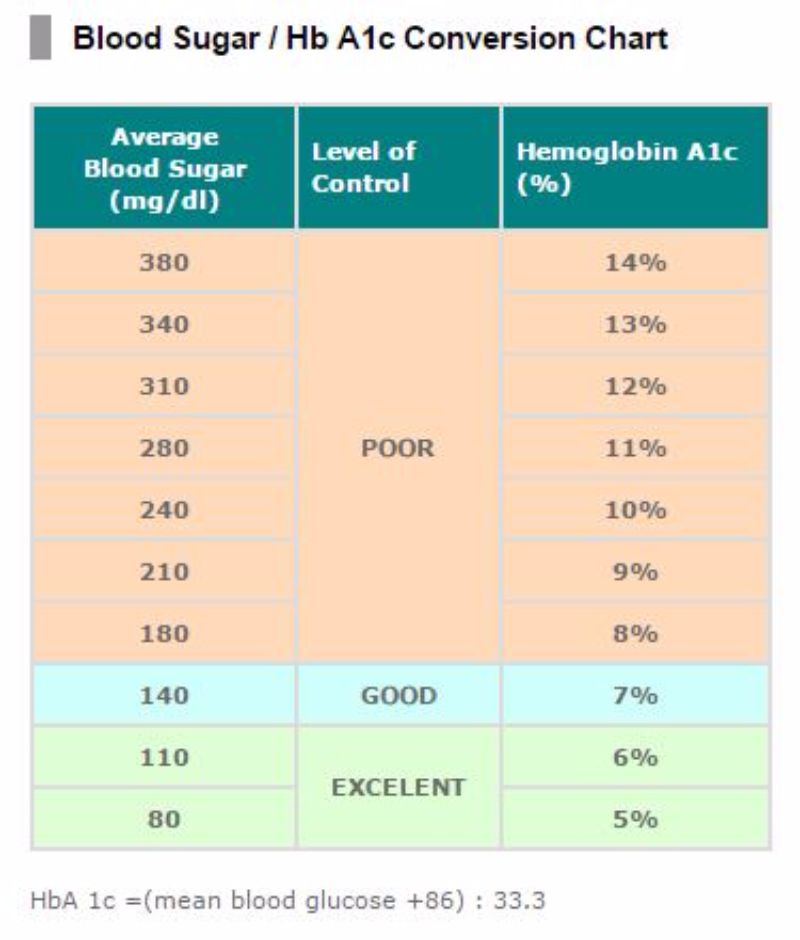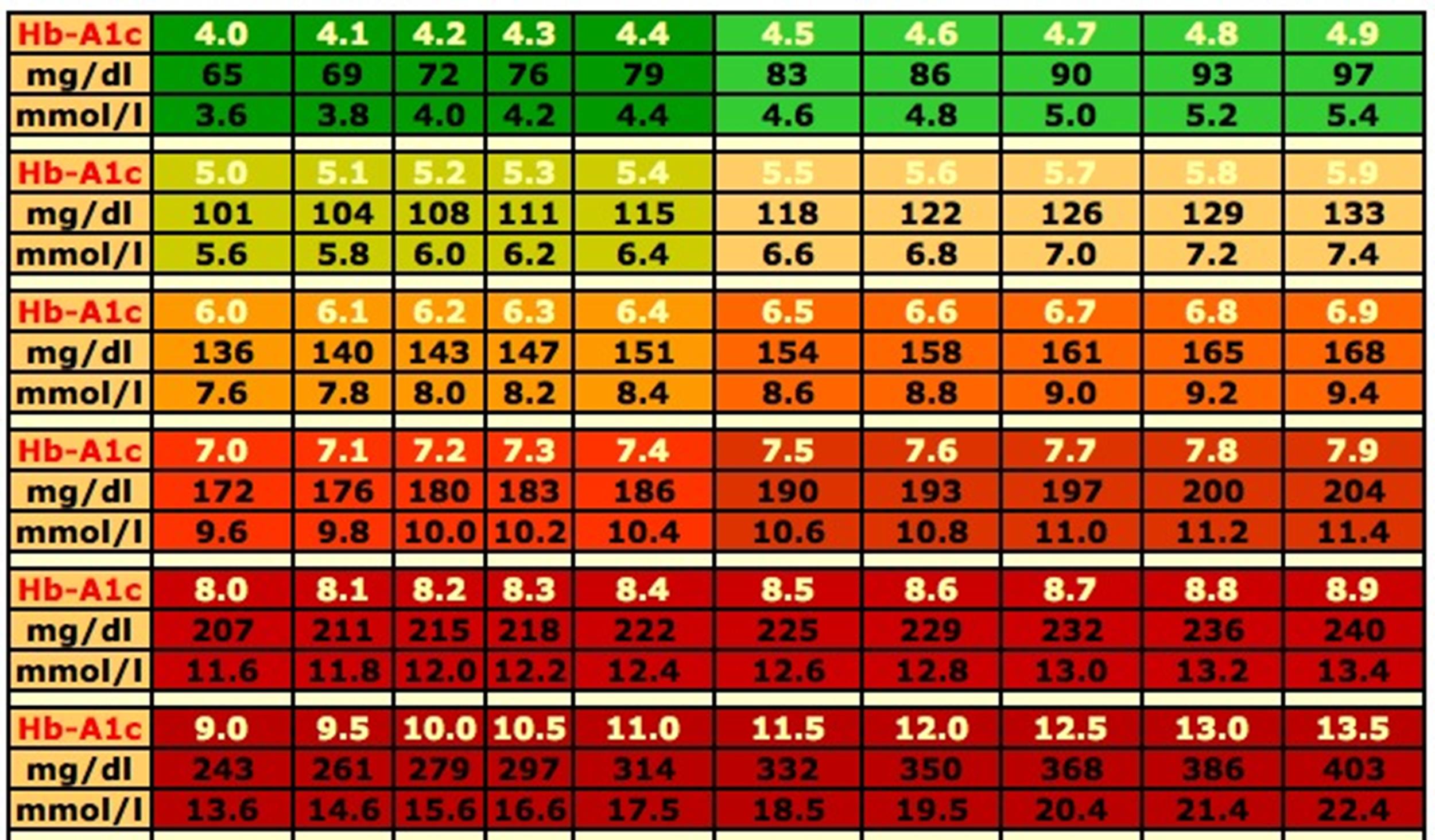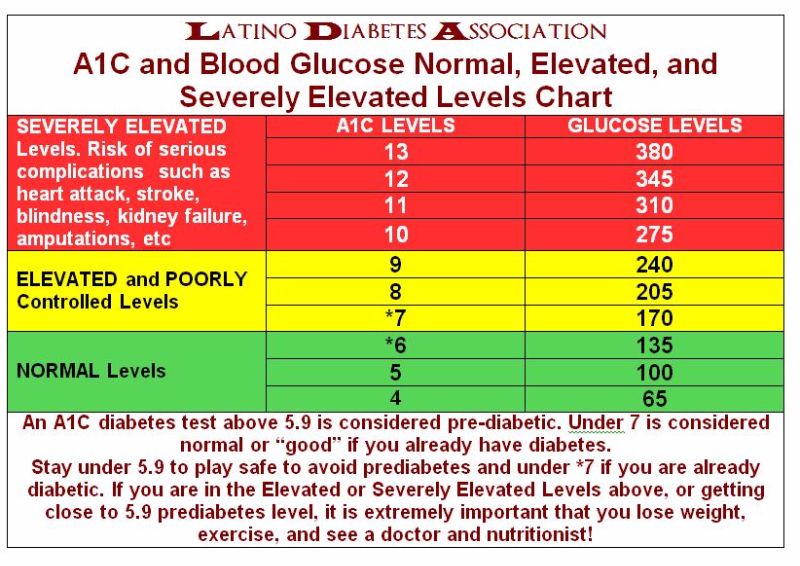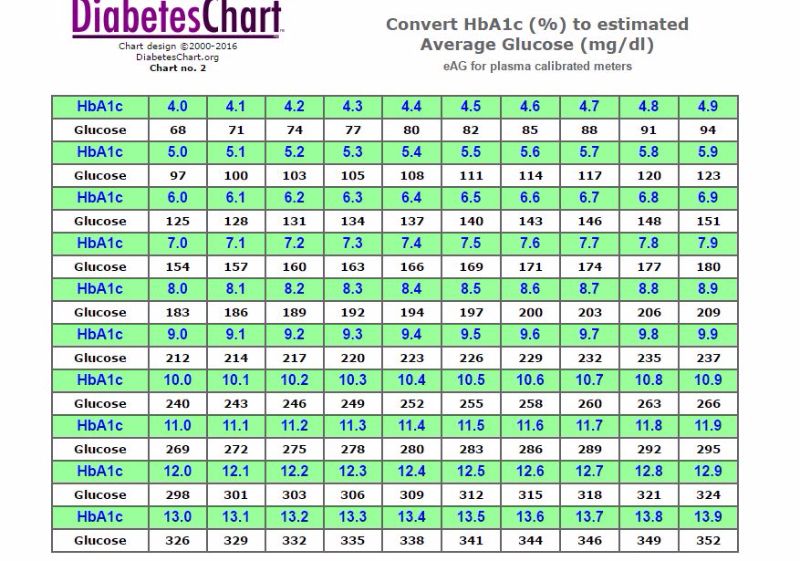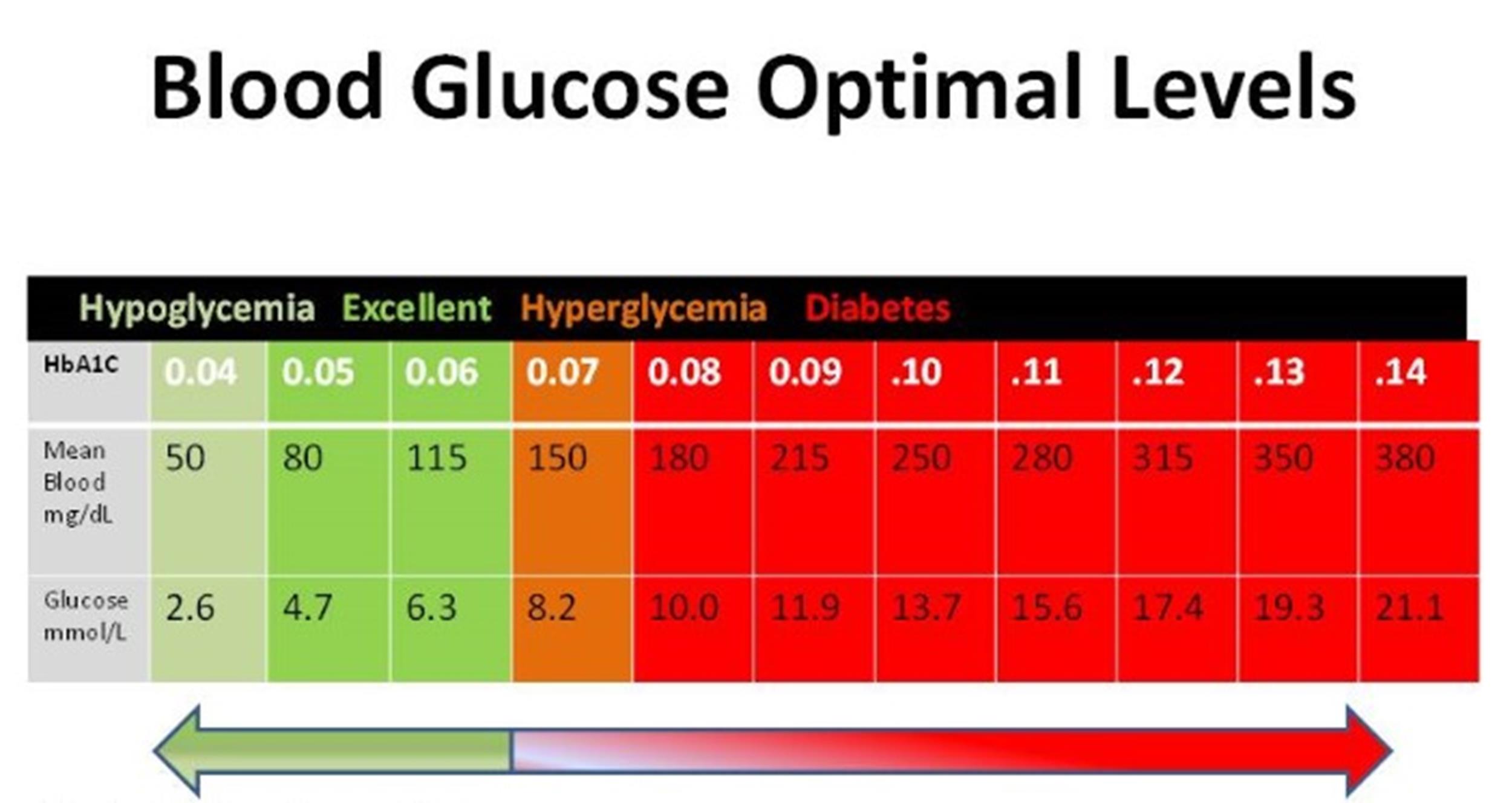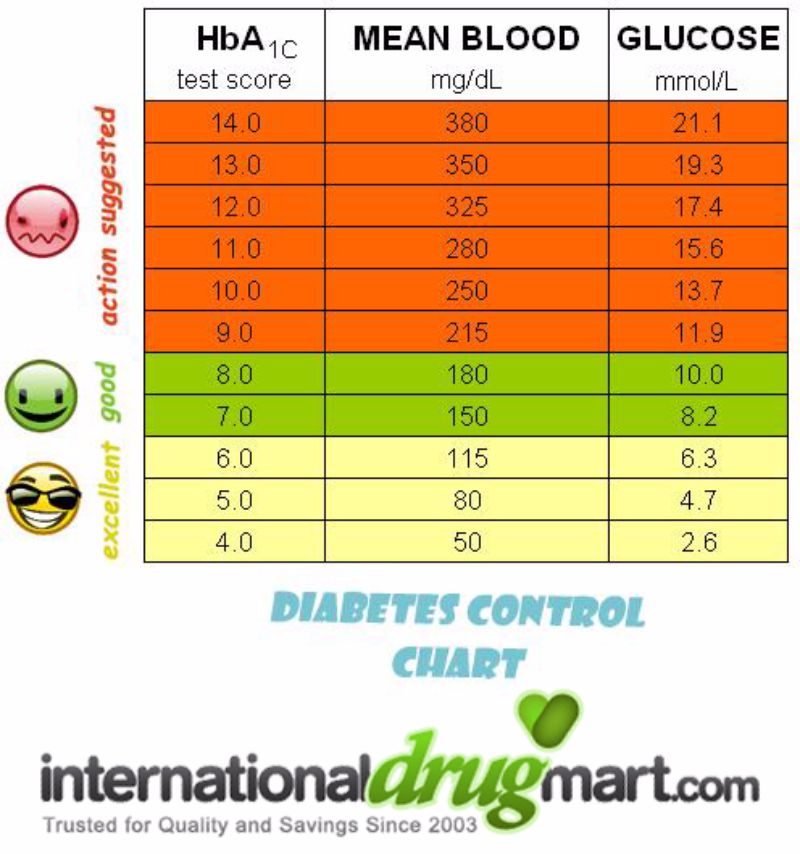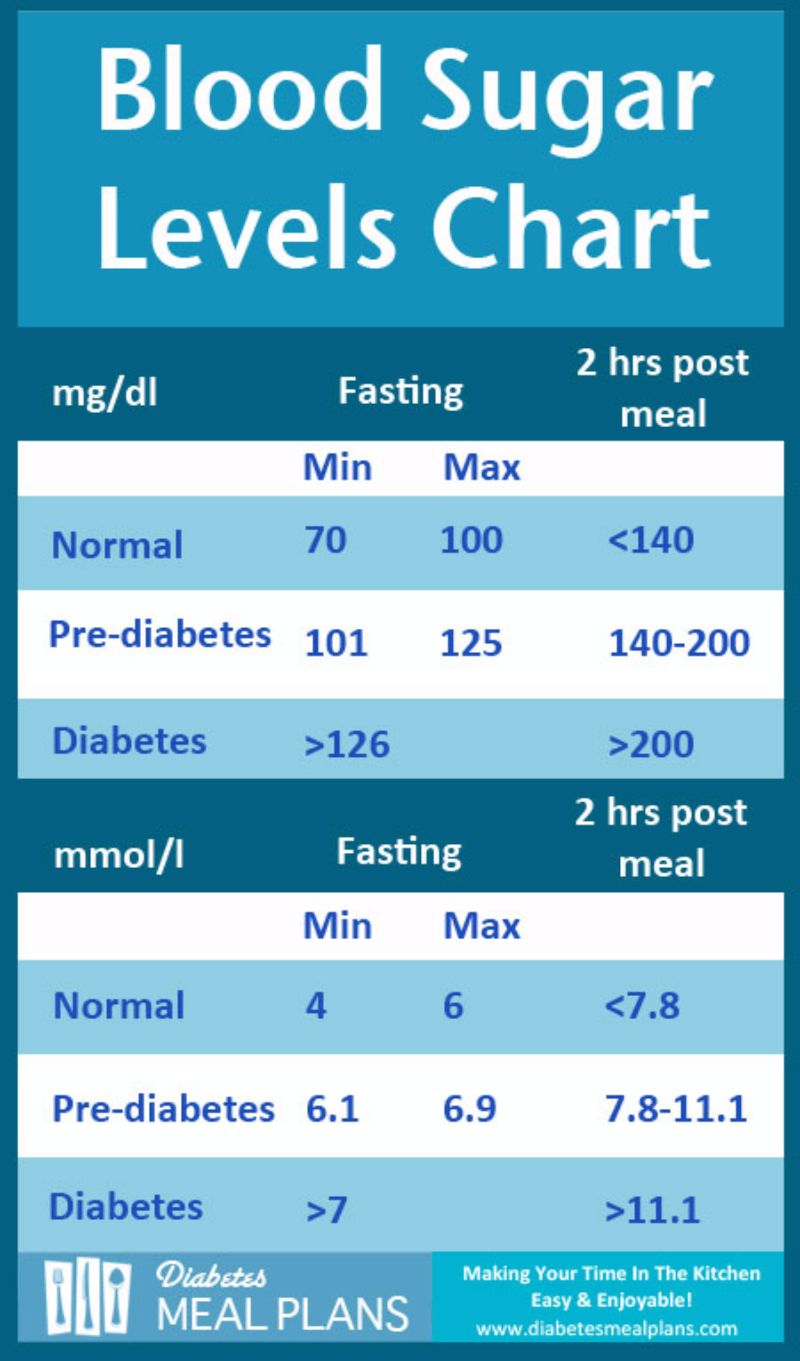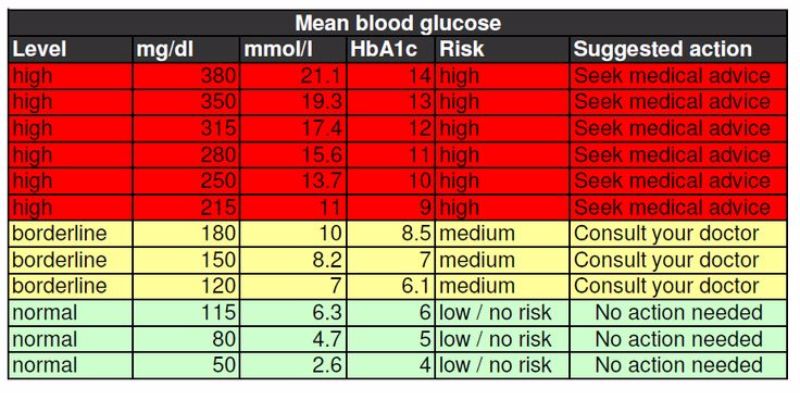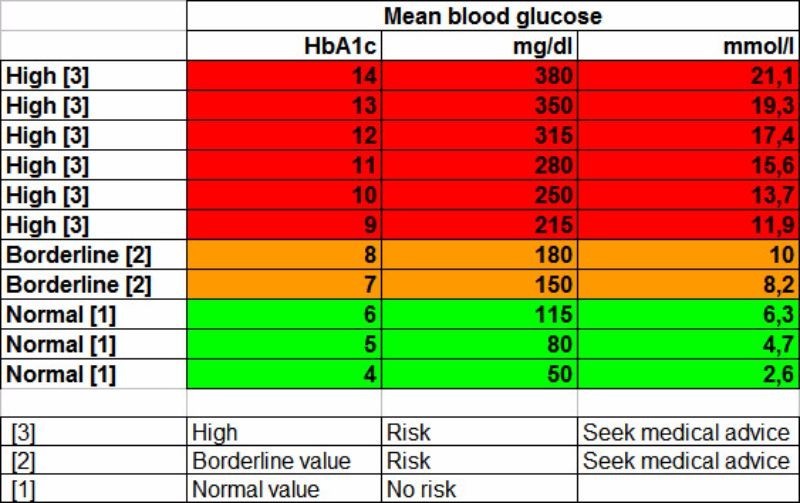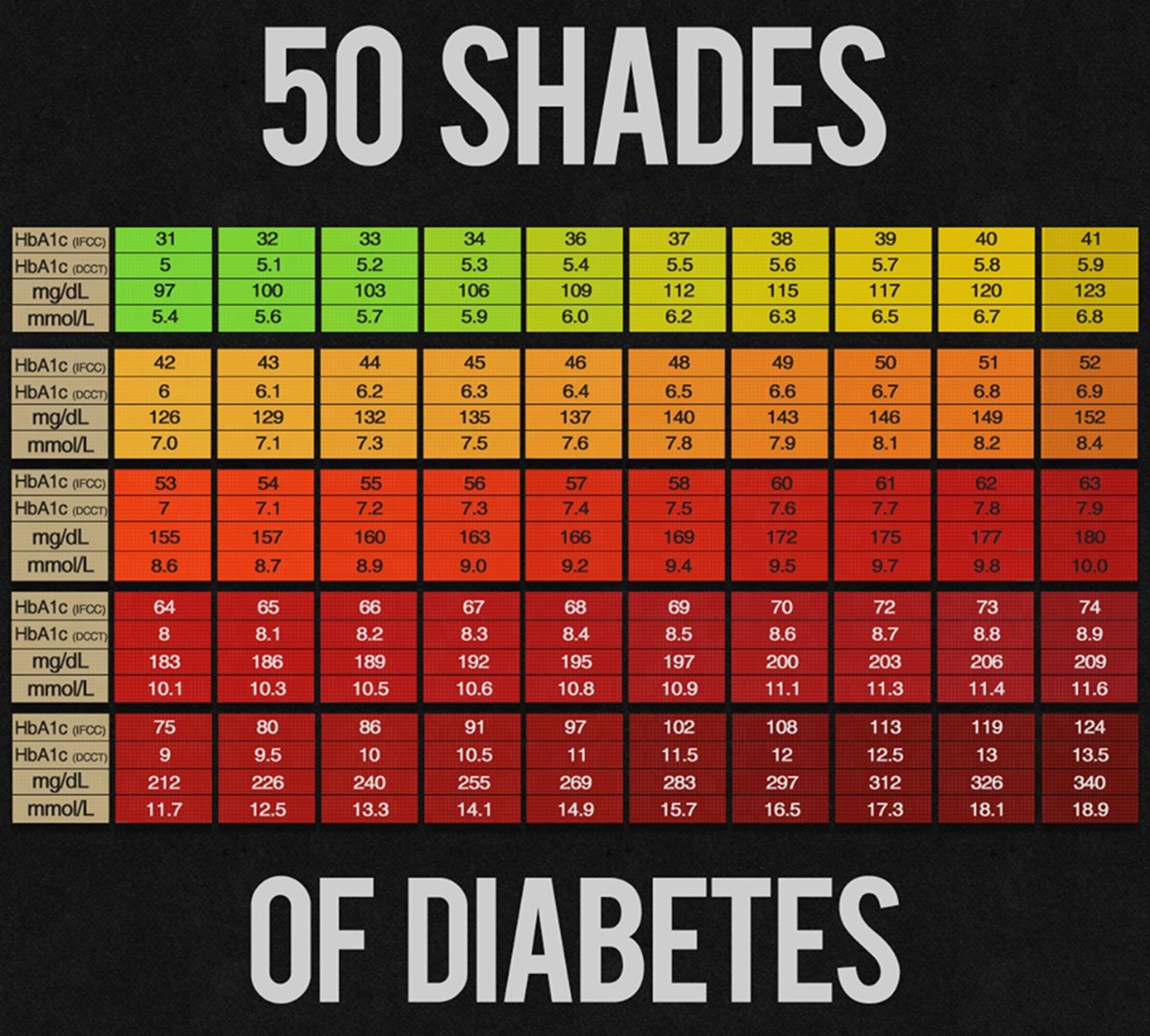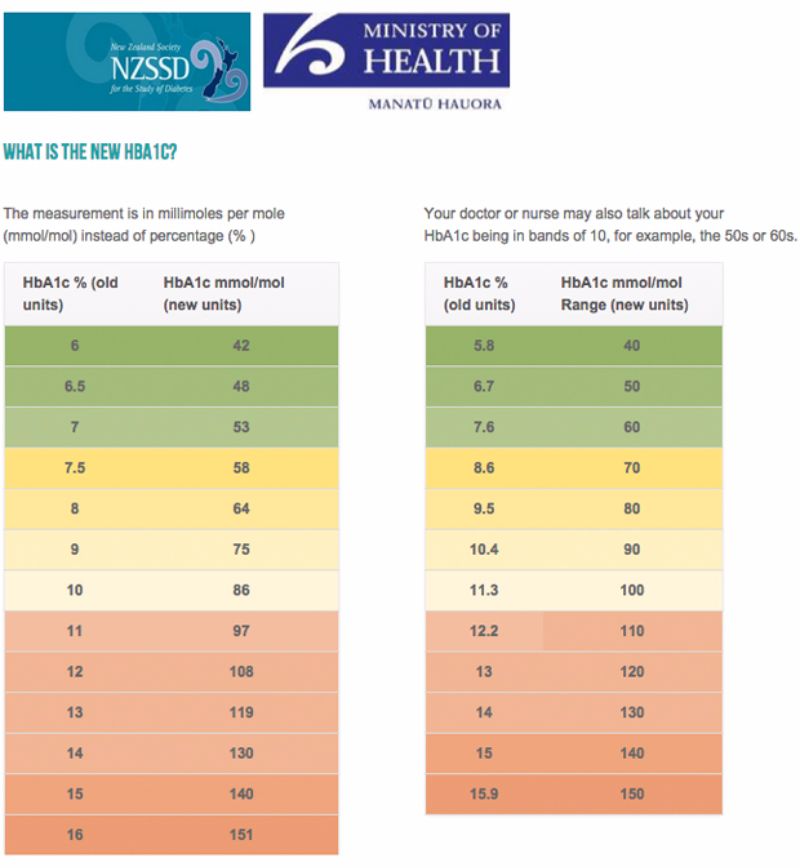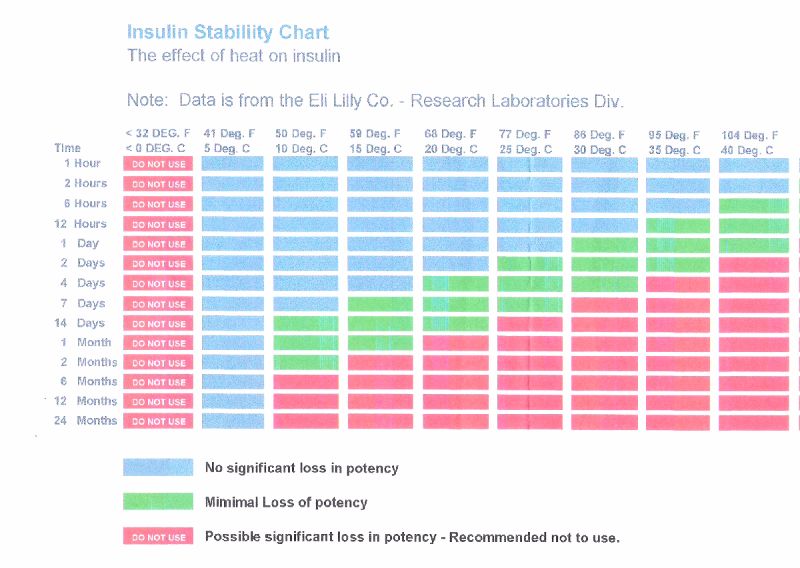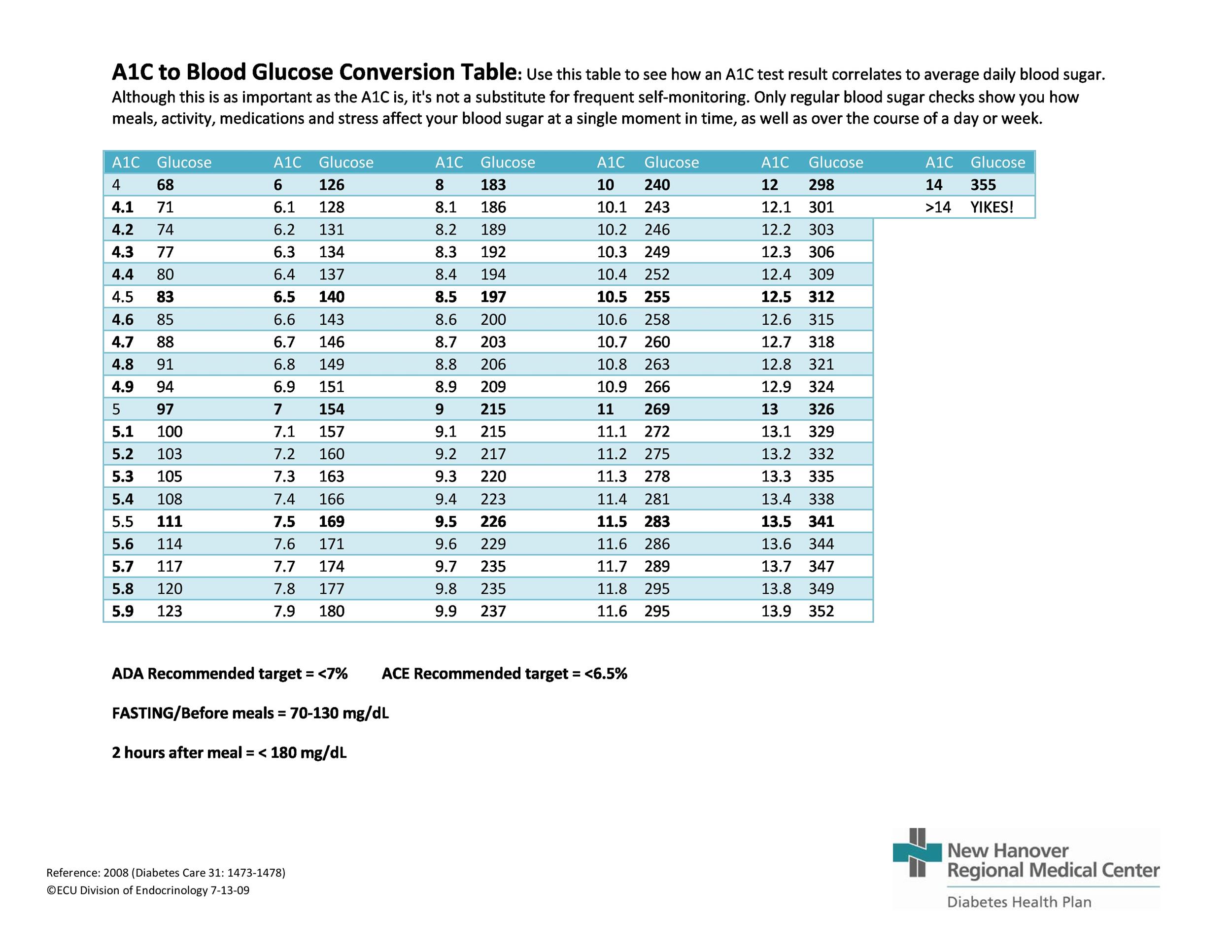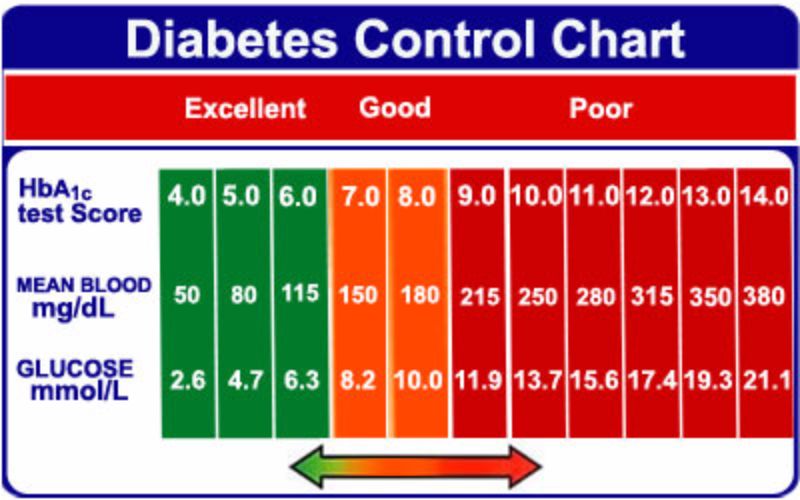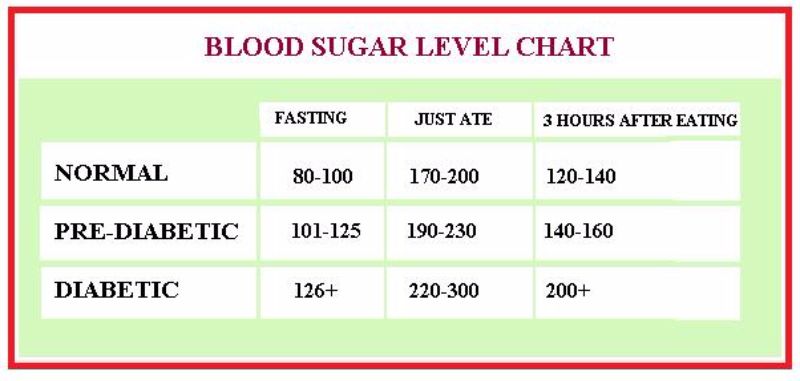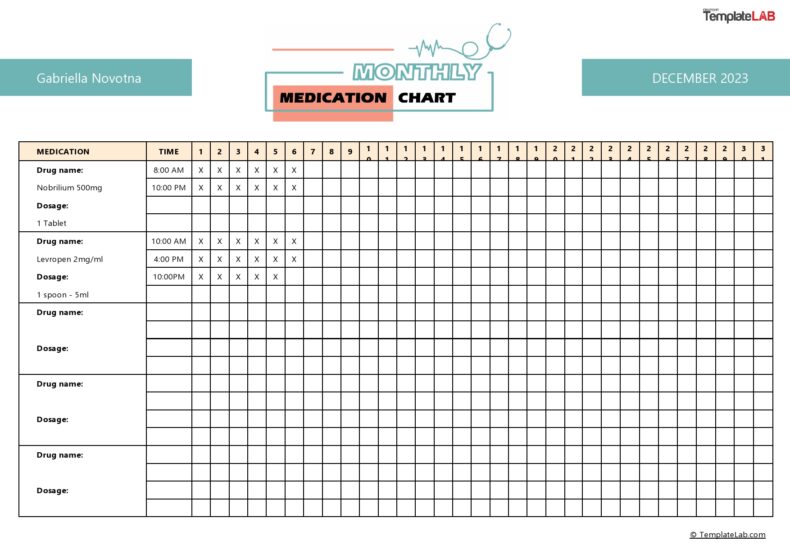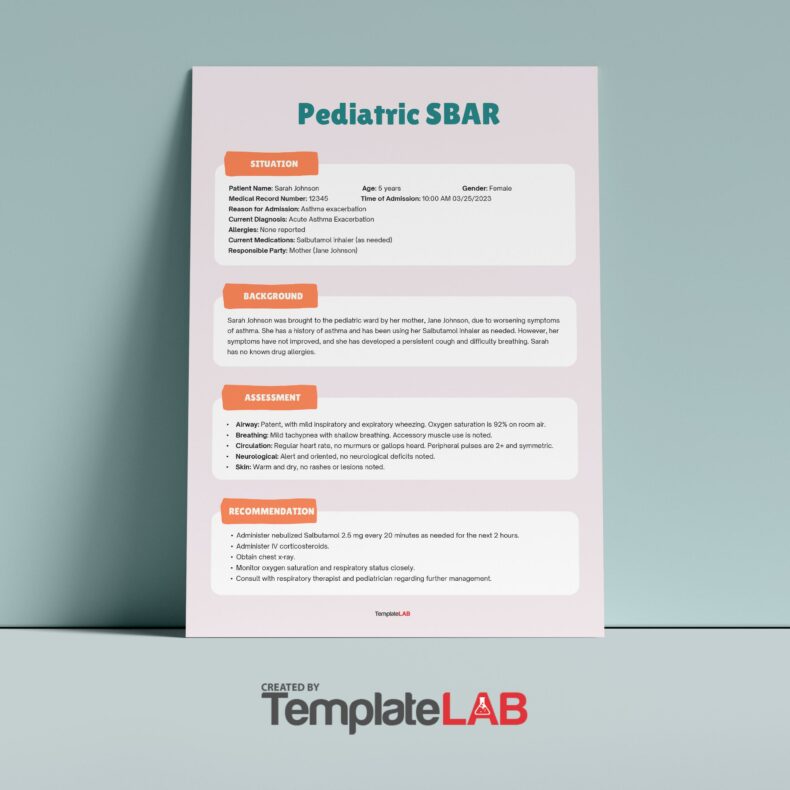Regular testing their blood sugar at home is something people with diabetes must do. Also known as blood glucose, blood sugar refers to the sugar transported via the bloodstream that supplies energy to all body cells. The food we eat makes up the sugar in our body. Using a blood sugar chart, diabetes patients can perform a blood sugar test. The amount of glucose in your blood is what a blood sugar test measures. Usually, carbohydrate foods make the glucose in our blood. The main source of energy used by the body is glucose. The cells of your body use the glucose with the help a hormone called insulin. When the glucose amount in the blood rises, insulin produces in the pancreas and then releases into the blood.
Table of Contents
How well you control your blood sugar levels determines the success of your diabetes treatment. If you’ve recently got tested for blood sugar levels, use blood sugar chart to control your blood sugar. Over time, you’ll understand how sugar level fluctuates and how you can manage the condition. Depending on the test type, descriptions of blood sugar values in mg/dl are what the chart provides.
The three categories mentioned on the chart are normal, early diabetes and established diabetes while the test types include Glucose Tolerance, post-prandial, random blood, and fasting sugar. Finally, the ranges on the chart include the minimum value, the maximum value and value two hours after consuming glucose. Let’s now take a detailed look at blood sugar test and blood sugar chart.
Blood Sugar Charts
Understanding the test and chart of blood sugar
Before we discuss blood sugar test and blood sugar chart, it’s important to understand blood sugar first. Serving as energy for both plants and animals, glucose is a form of sugar. Normal levels are maintained with the help of a hormone that pancreas produces. That hormone is known as insulin. Health complications such as kidney disease, heart disease, and blindness are what high or uncontrolled sugar levels can lead to. Also, hyperglycemia occurs when the concentration of glucose in the blood increases. The best way to control glucose in the blood and blood sugar levels is using blood sugar chart and test. With the help of the chart and test, you can avoid a lot of health complications.
A blood sugar test reveals the blood sugar level of an individual. Somewhere between 72 mg/dl and 108 mg/dl is the normal blood glucose level of a healthy person. However, the normal blood glucose level depends on the individual. Generally, around 72 mg/dl is the blood sugar level in humans. However, the blood sugar level may temporarily increase to 140 mg/dl after a meal: this is a normal range. How well your diabetes program of exercising, meal planning, and medication (if required) is working to keep you range normal is what blood sugar testing helps you to determine. The closer you keep your blood sugar level to normal, the greater will be your chances of avoiding health complications such as nerve disease, blindness and kidney disease.
In order to find out the blood sugar levels of a person and whether he or she has diabetes, a blood sugar levels chart is used. Normal blood sugar chart outlines the normal blood sugar ranges for a diabetic and non-diabetic person. In order to determine what the health target of a person should be, a physician uses a blood sugar chart. Furthermore, the chart is used by the patient or physician to manage the blood glucose condition.
During the day, the levels may drop and rise. This is a normal occurrence. However, your blood sugar levels may indicate problems if they fluctuate dramatically. Significant physical symptoms are what dramatic blood sugar levels have. Furthermore, they’ll increase the risk of complications related to diabetes. Before, you get your blood sugar tested or start using blood sugar chart, it’s important for you to know what each blood sugar test type does.
Blood Sugar Levels Chart
Fasting blood sugar
After you haven’t eaten for at least eight hours, fasting blood sugar measures blood glucose. In order to check for diabetes and pre-diabetes, it’s often the first test done.
Two hour post prandial blood sugar
Exactly two hours after you start eating a meal, two-hour postprandial blood sugar measures blood glucose. Diabetes isn’t diagnosed with this test. Instead, this test shows whether or not a diabetic person is consuming the right insulin amount with meals.
Random blood sugar
Regardless of when you last ate, random blood sugar measures blood glucose. Throughout the day, several random measurements may be taken. Throughout the day, blood sugar levels do not vary widely in healthy people. Therefore, random testing is useful. However, there may be a problem if the levels vary widely. Blood glucose test is another name given to this test.
Glucose Tolerance Test
Diagnosing diabetes and pre-diabetes is what a glucose tolerance test is used for. A series of blood sugar measurements taken after a person consumes a sweet drink which has glucose in it. Diabetes that occurs during pregnancy is what the glucose tolerance test is commonly used for.
Printable Blood Sugar Charts
Final word!
The aforementioned tests are the four tests for checking blood sugar levels. Understanding the blood sugar levels and the blood sugar chart is a key part of managing blood sugar. Therefore, you must find out what blood sugar levels indicate and how to read the chart.
Your blood sugar levels throughout the day are what you can track with the help of a blood sugar chart. The chart will help you to stay within your healthy range and will allow you to enter normal blood sugar levels. Also, allowing your physician to help you understand the blood sugar chart would be a sensible thing to do. Your physician is more experienced at reading the blood sugar chart and will tell you exactly what your blood sugar levels indicate. Whether you want to use the chart yourself or want to take help from your physician, we have blood sugar chart templates that can help you in your task.

